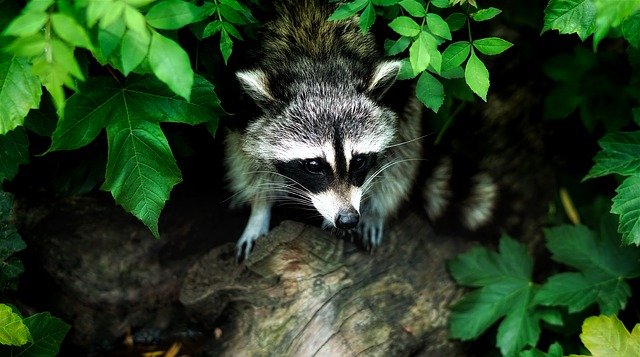Wildlife Research deals with the study of wildlife conservation. It includes the knowledge of the characteristics of species, their habitats and the interactions they have with people and other species. Wildlife Research refers to the various kinds of field studies, techniques of capturing, handling, rules and regulations of animal capture, techniques of animal identification, animal tracking, housing and transportation, management of wild animals in captivity, blood sampling and testing, recognition and diagnosis of species, squirrels and raccoons, tracking of migrating animals, and recovery of wildlife. The scientific community at large recognizes the need for adequate funding of wildlife research. Various organizations throughout the world are working towards this common cause.
In Ontario, there are a number of organizations that conduct a part time or full time program of scientific research for Canadian scientists and enthusiasts. Two such recognized organizations are Ontario Wildlife Services and Ontario Science Connects. Both of these organizations encourage the consistent application of scientific principles by both the scientific community and the general public. For example, in Ontario Wildlife Services, there is the Wildlife Genetics Institute, which is primarily a laboratory where genetic analysis is carried out and from where important data on endangered species are generated. On the other hand, Ontario Science Connects has been able to establish partnerships with institutions across North America to support research on many different areas of wildlife conservation.
A well-known wildlife research journal is Wildlife Biology journal (WBI Journal), which is published every 12 months and is accessible to all registered members who contribute to its web site. This is a peer-reviewed electronic peer-reviewed scientific journal that publishes original research and case studies on all aspects of wildlife biology. As one can imagine, there are a wide variety of different subjects covered in this particular journal, and the issue covers everything from reproductive biology to ecological or social science research.
A second important and influential scientific publication on wildlife research is Canadian Wildlife Research Annual, which is published biennially. The primary mission of this publication is to provide an overview of recent advances in wildlife conservation and management through a literature review covering all aspects of wildlife biology and ecosystems. In addition to the general scientific articles, this publication also features research reports highlighting key areas of focus. The Annual also includes data and photographs that have been collected over the years. These data and photographs highlight a range of topics, ranging from long-term conservation practices through to specific species or ecological habitats.
The third authoritative source of information on wildlife research in Canada is the Aspen Institute. The Aspen Science Foundation was established in 1970 and is located in Colorado. Aspen’s vision is to support scientific research through membership in various Aspen Network membership organizations. Through the Aspen Science Foundation, Aspen scientists have the ability to accept and disseminate their findings on a variety of topics related to Aspen ecology and wildlife research.
In conclusion, it is apparent that the scientific community has a large amount of knowledge and understanding of wild animals and their conservation needs around the world. In particular, there are a number of organizations and individuals that have made significant contributions towards the better understanding of wild animals and the ecosystems they inhabit. Wildlife field studies have provided information that has been used by wildlife conservation professionals for years to manage the conservation of wildlife and their natural habitats. As a result, this knowledge is shared throughout the wildlife research community, promoting both sustainability and conservation in the wild places these animals live and exist.
